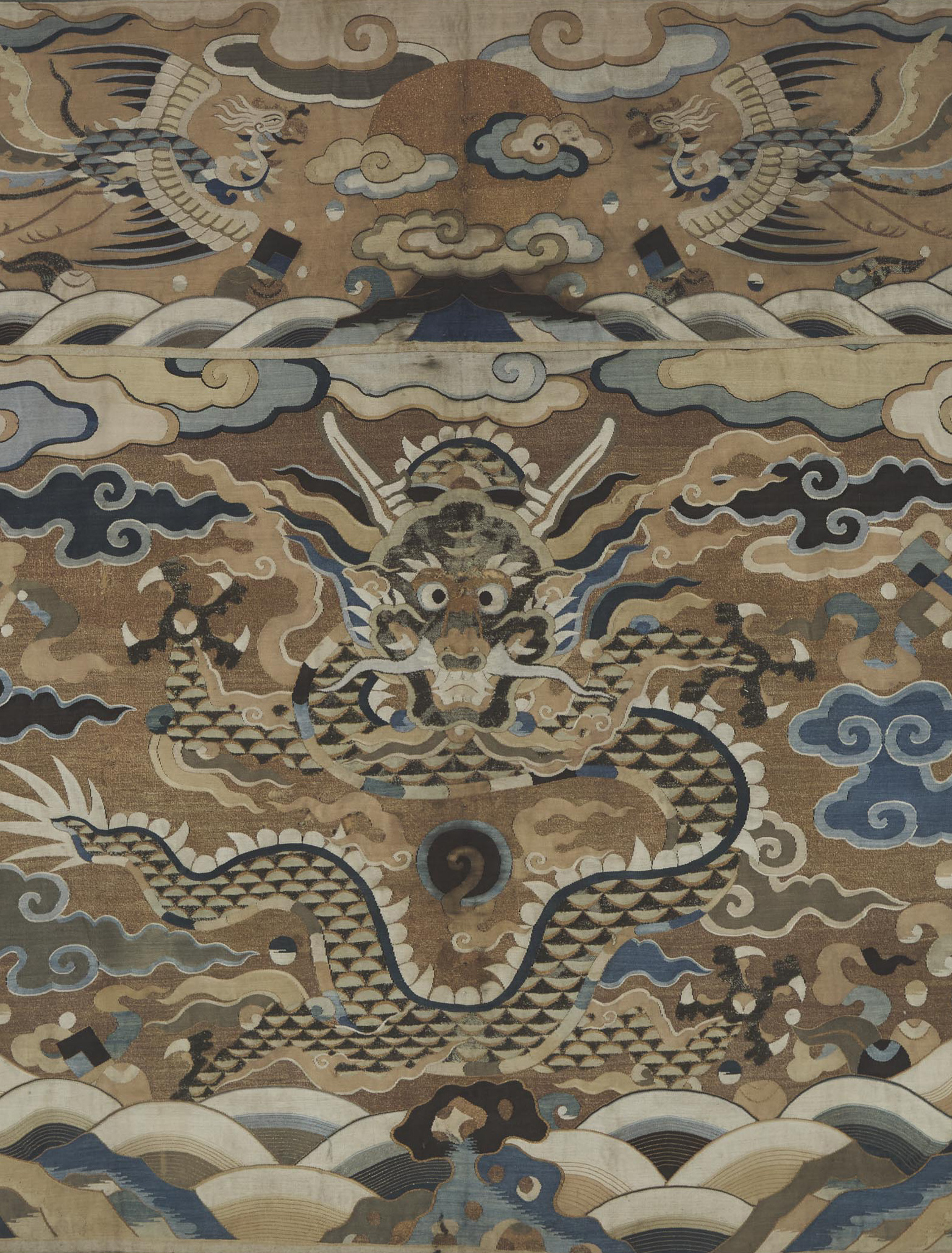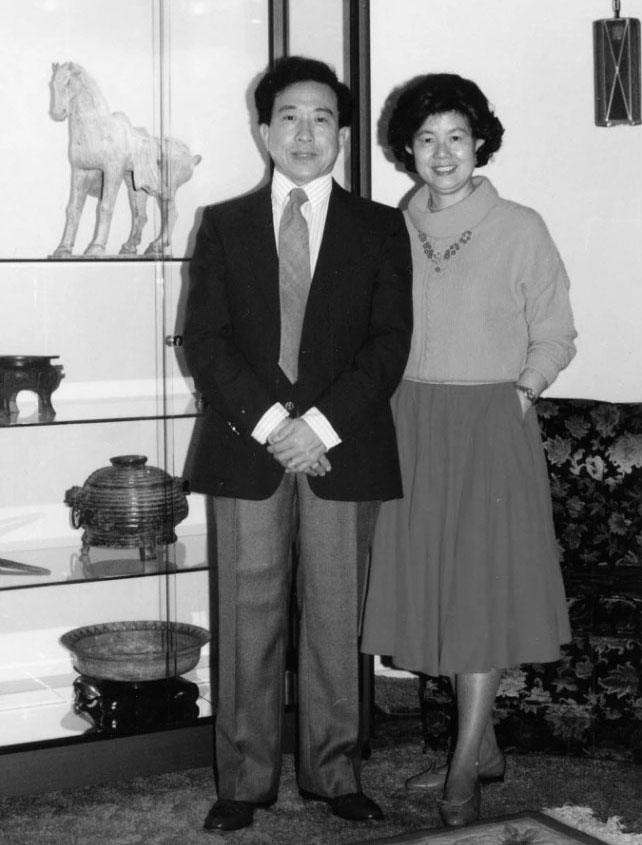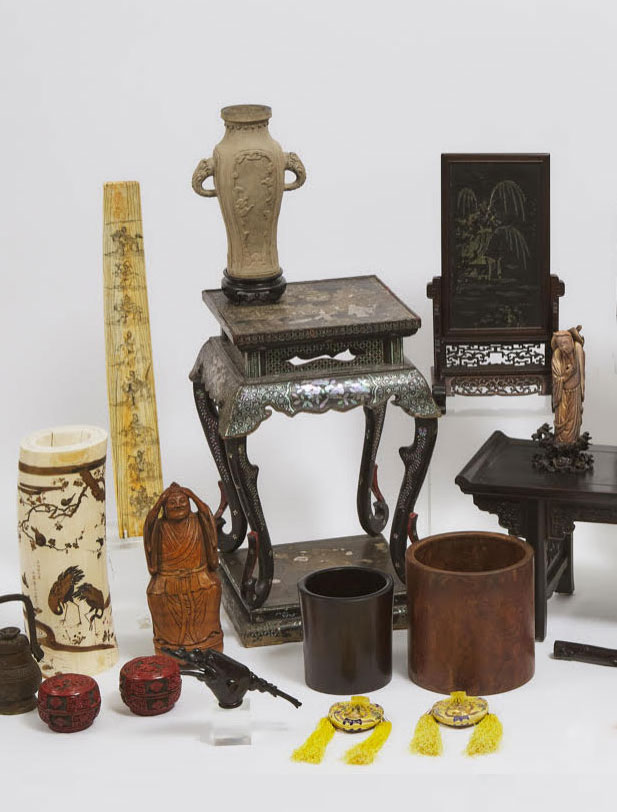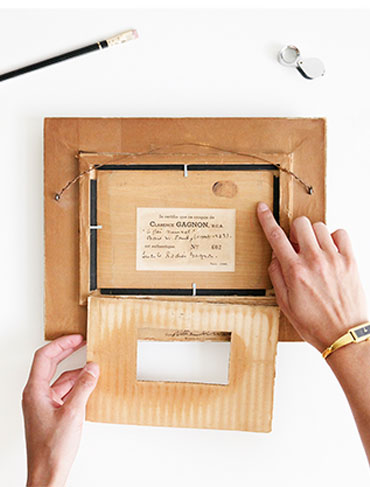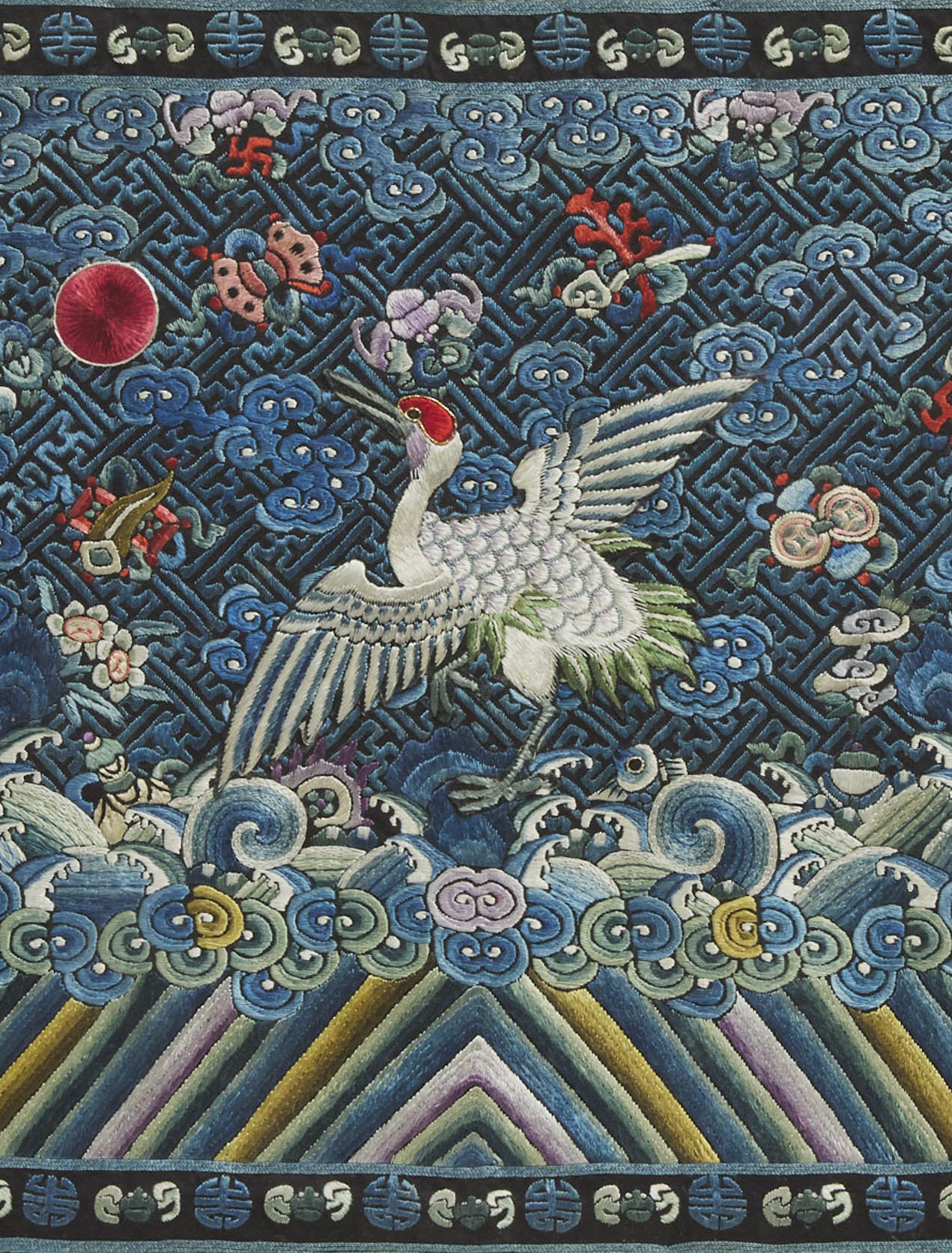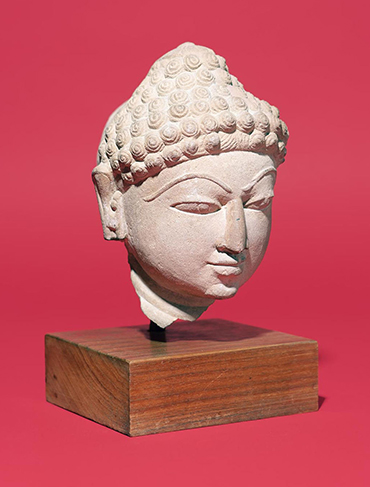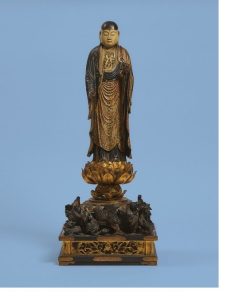
The Buddha lived and taught in India around the 6th and 5th centuries BC. Images of this enlightened being began to be made in North India and present-day Pakistan around the 1st century AD. In the ensuing centuries, Buddhist art spread across the continent, from Afghanistan to China to Japan. The cultures that produced sculptures of the Buddha interpreted the art form differently, infusing them with their own specific preoccupations and interests, while also favouring region-specific materials. Stone, stucco, terracotta, wood, lacquer and metal have all been used in Buddhist sculpture.
Sculpture in Japan has traditionally been made from wood—typically Japanese cypress (hinoki), Japanese nutmeg (kaya) and Judas tree (katsura)—owing both to its abundance and high quality. Japanese carving is largely confined to Buddhist subjects, and are believed to have been made since the late 6th century AD. It is thought that the art form was imported from the Asian continent, and Chinese and Korean influences can be seen in early sculptures. Many of these early forms were cast in bronze. However, by the 11th century, Japan began to distance itself diplomatically from the Asian continent, and began exploring and refining its own style of Buddhist carving.
The busshi—not to be confused with bushi, another term for samurai—are a group of Japanese sculptors who have been carving intricate wooden Buddhas and bodhisattvas for nearly 1400 years. The form of these sculptures has remained virtually unchanged for generations, as artists are taught to meticulously emulate the art of their predecessors. Busshi culture is extremely hierarchical, and deeply codified. Novices work hard to learn the craft, and for many, years of menial labour must be completed before they are allowed to begin the art of carving.
One of the oldest extant sculptures of the Buddha is the Guze Kannon at Houryuuji (Nara), dating back to the early 7th century. Carved from a single piece of wood, the statue has been gilded as well as ornamented with bronze details. Gilding or painting sculptures of the Buddha is common, running parallel to a tradition of leaving a statue’s natural wood exposed or painted very simply, so as to highlight the grain and the carving marks. The application of lacquer is also common, as is the use of lacquer molding—a process which involved mixing lacquer with sawdust to create a sort of modelling paste which would be used to build up surface detail.
Japanese sculptors investigated various techniques, including the hollowing out of sculptures so as to prevent the wood from cracking—as well to produce a lighter artwork. Artists experimented with single blocks of wood, as well as with joining different pieces together in a finished artwork. The latter technique allowed artists to produce even larger-scale sculptures. As techniques and styles began to be worked out, the forms of Japanese Buddhist art began to become standardized. Many sculptures share identical expressions and postures, particularly in busshi art.
Sculptures of the Buddha have been known to fetch high prices at auction—in 2008, a Cyprus wood example dating to the late 12th century set a new world auction record for Japanese art, selling for over $14,000,000 USD.
ABOUT THE AUCTION
Online from June 4-9. our major Asian art auction centres around an imperial 18th/19th century gilt-copper and cloisonné caparisoned elephant, ‘taiping youxiang’ 太平有象.
Other Chinese art highlights include Ming and Qing white jade objects, Han and Tang bronzes, Qing and Republican period porcelain, late Qing and modern Chinese paintings, imperial Chinese embroideries, and two Buddhist stone steles certified by Martin Fung.
Japanese works of art include a beautiful gilt painted floor screen attributed to Kano Shoei (1519-1592) and a sculpture of Jizo Bosatsu from the Kamakura to Momoyama period (14th-16th century). Also included are selections of Himalayan and Indian bronzes, Southeast Asian sculptures, and Persian Safavid ceramics.
我们很高兴为您呈现本年度第一场沃丁顿重要亚洲艺术品拍卖。中国艺术品板块由一只清中期官造18世纪/19世纪鎏金铜胎掐丝珐琅’太平有象’摆件所领衔, 包含一批工艺精美、传承有序、材料优良的明清白玉与翡翠器皿,汉唐金铜造像,清至民国时期精品瓷器,晚清/近现代中国书画,中国皇家织绣品和佛教石刻。日本艺术类包含一扇由Kano Shoei(1519-1592年)制作的描金六开落地屏风和一尊镰仓/桃山时代(14至16世纪)的地藏菩萨立像,年代久远、品相完好。其他精选拍品包含喜马拉雅艺术,东南亚雕塑造像,以及本地拍场较罕见的波斯萨法维陶瓷。敬请期待!
Please contact us for more information, additional photographs or to set up a preview appointment.
Related News
Meet the Specialists

Austin Yuen
Specialist

Amelia Zhu
Senior Specialist / Business Development



